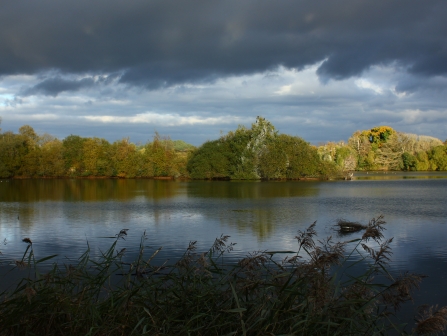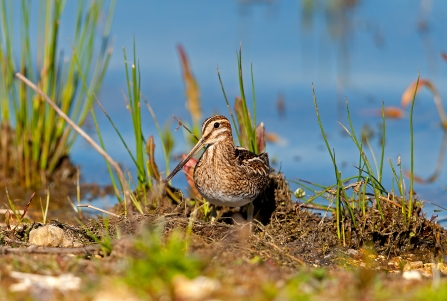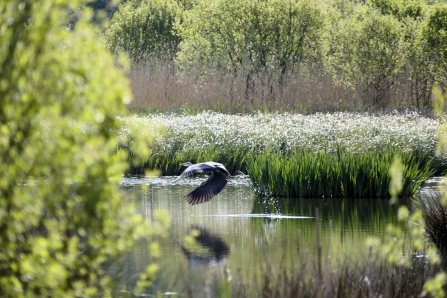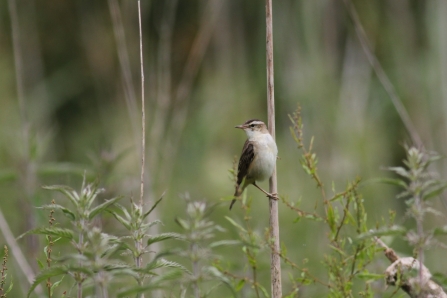t is a very good question and one that is being directly addressed by a number of "Rewilding" projects at present. As someone who is called upon to manage nature reserves I can say that I am always looking for the least intervention possible to retain the identified site interest. Where possible allowing natural succession to run the show is the preferable option.
So why do we do any site management at all? One obvious reason is that most reserves have visitors and they need to be kept safe, have usable access and something to see without compromising the wildlife interest of the site.
On a site like Blashford Lakes these issues would probably be the main driver of most of the reserve management done by the staff and volunteers. Nature reserves are where people get a chance to engage with wildlife, where education about the natural world can take place and where we can just enjoy the natural world.





